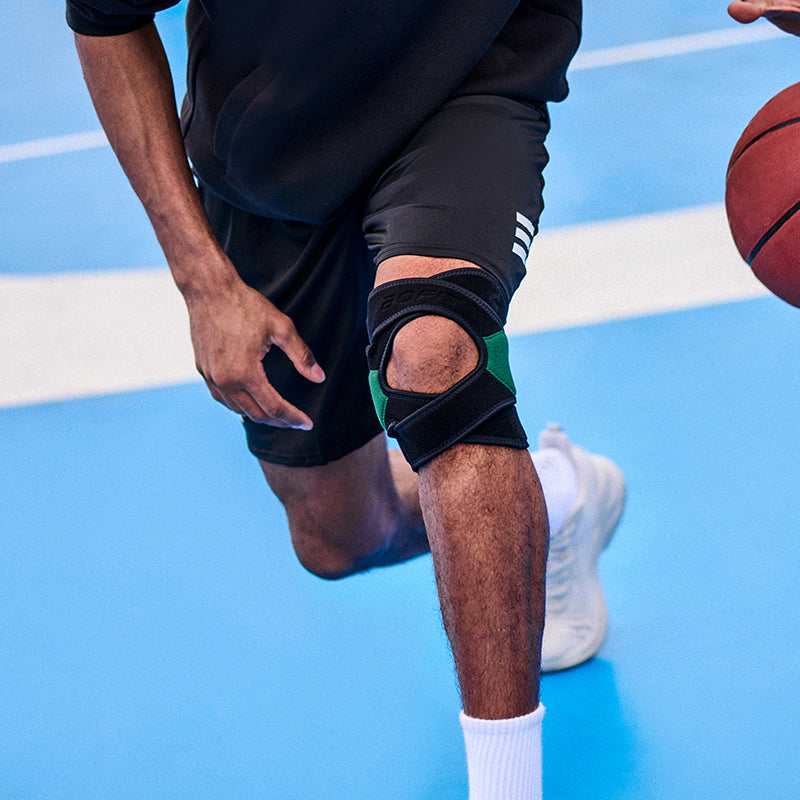The Sedentary Lifestyle Crisis: Your Spine’s Hidden Enemy
In today’s fast-paced digital world, most professionals spend long hours seated at a desk. This habit might seem harmless, but prolonged sitting—especially in a forward-leaning posture—places up to 1.8 times more pressure on the lumbar discs compared to standing. Over time, this strain weakens core muscles, reduces spinal stability, and can trigger chronic issues like herniated discs and muscle strain.
According to recent studies, over 60% of office workers report some level of lower back discomfort. So the big question is: How can you exercise safely with a bad lower back? The answer may lie in an emerging fitness technology—EMS (Electrical Muscle Stimulation).
What is EMS Back Support? A Safe, Effective Aid for Back Pain
EMS training uses low-frequency electrical currents to stimulate muscle contractions. This technique is widely used in rehabilitation and athletic training due to its ability to target deep core muscles without putting unnecessary strain on the joints or spine. Here's why it's ideal for those dealing with back issues:
-
✅ Targeted Muscle Activation: EMS stimulates hard-to-reach muscles like the spinal erectors and glutes, which are essential for spinal support.
-
✅ Low-Impact & Pain-Free: Unlike traditional workouts, EMS is gentler, making it perfect for those with back sensitivity.
-
✅ Convenient for Home or Office: Compact EMS devices are easy to use anywhere—no gym required.
-
✅ Time-Efficient: Just 15–25 minutes per session, 2–3 times per week, can deliver noticeable results.
3 Safe EMS-Assisted Rehab Exercises for Lower Back Pain
Combine EMS with simple rehab movements to safely improve lower back strength and mobility:
1. Bridge Exercise
-
Targets: Glutes, lower back, and core.
-
Purpose: Enhances spine stability and hip strength.
-
How to do it:
-
Lie on your back with knees bent and feet flat.
-
Engage your core and lift your hips until your body forms a straight line.
-
Hold for 5 seconds, lower slowly, repeat 10–15 times.
-
-
EMS Tip: Use EMS pads on the lower back and glutes for enhanced muscle activation.
2. Four-Legged Wobble (Core Balance Drill)
-
Targets: Back extensors and deep core.
-
Purpose: Improves balance and lumbar flexibility.
-
How to do it:
-
On all fours, keep your spine neutral.
-
Shift your weight forward, backward, and side-to-side in small controlled motions.
-
Perform gentle clockwise and counter-clockwise rotations.
-
Hold each direction for 10 seconds; repeat 3 sets.
-
-
EMS Tip: Stimulate the mid-back and core muscles to reduce instability and support the spine during movement.
3. Dead Bug (Core Oppositional Movement)
-
Targets: Deep core and stabilizers.
-
Purpose: Trains coordination and spinal control.
-
How to do it:
-
Lie on your back, arms extended upward, knees bent at 90°.
-
Extend your right arm and left leg simultaneously while keeping your core engaged.
-
Alternate sides for 10 reps per side.
-
-
EMS Tip: Use EMS across the abs and lower back to support safe, controlled movements.

Important Safety Guidelines Before You Start
-
⚠️ Never train during acute pain episodes. Always consult your doctor before starting EMS.
-
💡 Wait at least 1 hour after eating before using EMS to avoid abdominal discomfort.
-
⚡ Start low (≤15mA) for your first session to gauge sensitivity.
-
⏱️ Limit sessions to 25 minutes to avoid muscle fatigue.

Real Stories: How EMS Helped Users Reclaim Their Lives
“I always thought back pain was a minor issue—until I could barely stand after lifting a box. EMS gave me a way to rebuild strength without fear.”
— Ava, 32, IT Professional
“I never imagined technology like EMS could help my chronic back stiffness. Just 10 minutes a day made sitting at work much more manageable.”
— James, 45, Office Worker
Don’t Let Back Pain Rule Your Life—Train Smarter
Back problems aren’t the end of an active life. With the right strategy—safe movement, core engagement, and smart tools like EMS training—you can take control of your spinal health.
Try combining EMS with simple home-friendly exercises and protective gear like lumbar braces to ease discomfort and build resilience. Start small, stay consistent, and let technology support your journey back to pain-free living.





